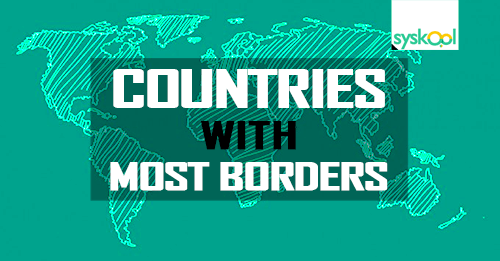China shares its land borders with 14 countries
Afghanistan, Bhutan, India, Kazakhstan, Kyrgyzstan, Laos, Mongolia, Nepal, North Korea, Pakistan, Russian Federation, Tajikistan, Vietnam
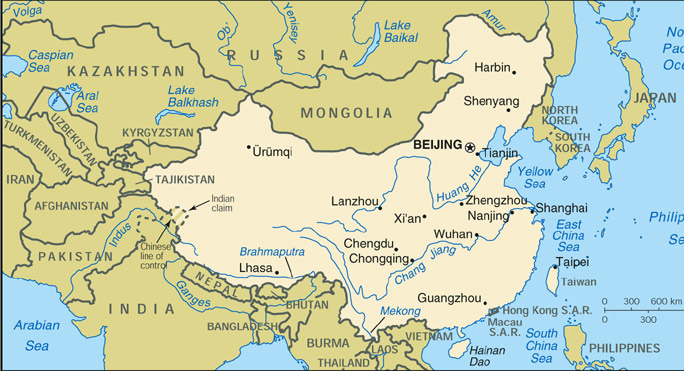
Russian Federation shares its borders with 14 countries
Azerbaijan, Belarus, China, Estonia, Finland, Georgia, Kazakhstan, Latvia, Lithuania, Mongolia, North Korea, Norway, Poland, Ukraine
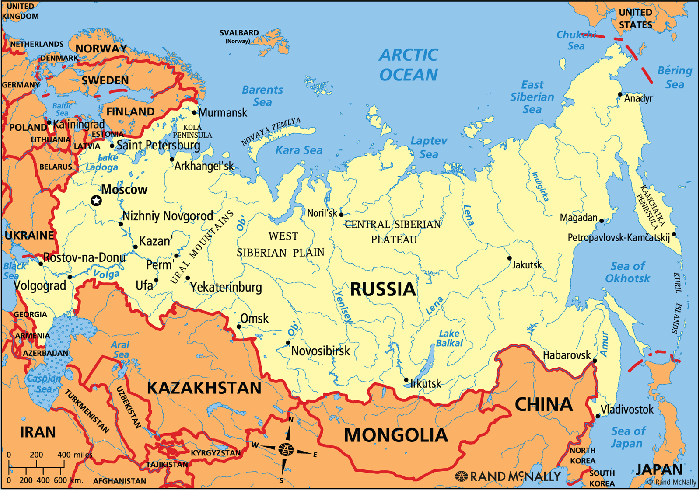
Brazil shares its land borders with 10 countries
Argentina, Bolivia, Colombia, French Guiana, Guyana, Paraguay, Peru, Surinam, Uruguay, Venezuela
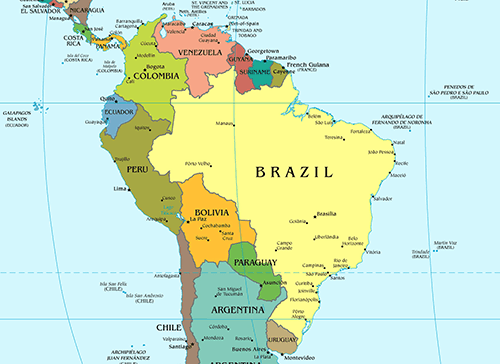
The Congo Democratic Republic shares its borders with 9 countries
Angola, Burundi, Central African Republic, Congo, Rwanda, Sudan, Tanzania, Uganda, Zambia
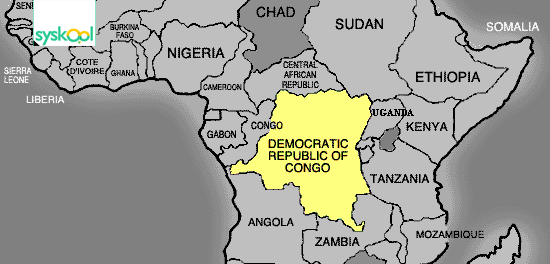
Germany shares its borders with 9 countries
Austria, Belgium, Czech Republic, Denmark, France, Luxembourg, Netherlands, Poland, Switzerland

Also, Read:


